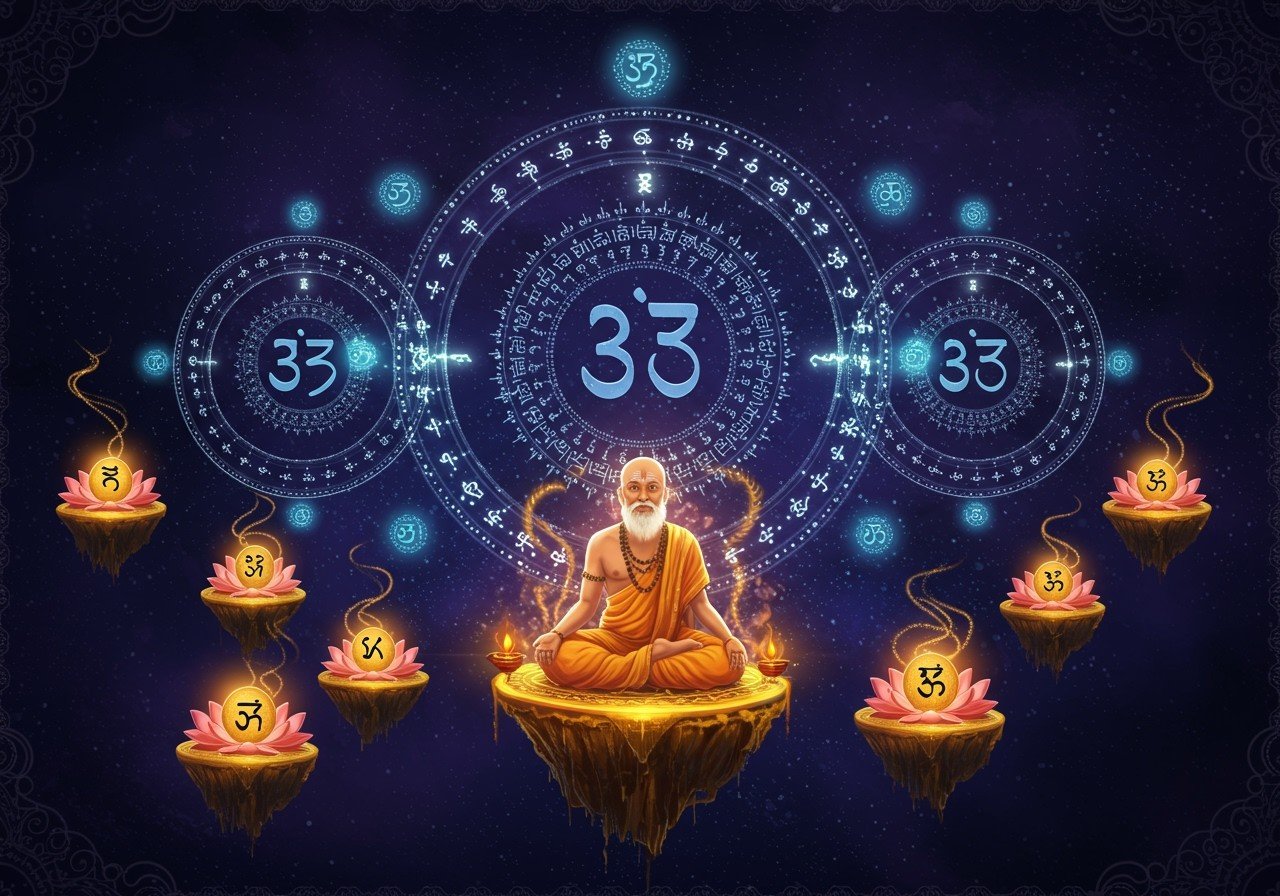
The Indian Numbering System is a distinctive method of expressing numbers, holding both cultural and practical significance within India and surrounding regions. It employs unique terms like ‘lakh’ and ‘crore’ to represent large numbers, deeply ingrained in the Indian context. Grasping this system is key to appreciating its relevance in various facets of life, from bustling marketplaces to impactful media reports. At Poojn.in, we embrace this system, ensuring our product listings cater to our diverse customer base.
What is the Indian Numbering System?
The Indian Numbering System offers a way to express numbers tailored to the Indian context. One lakh equals 100,000, while one crore represents 10,000,000. These terms are fundamental in financial discussions and demographic analyses within India.
- Historical Significance: This system has roots in ancient Indian mathematics, influencing how numerals are categorized today, reflecting a rich mathematical heritage.
- Daily Use: Integrated into daily routines, it appears in market pricing, population figures, and various financial contexts, demonstrating its practical application.
Key Points:
- Lakh = 100,000
- Crore = 10,000,000
This system showcases India’s rich mathematical history and remains crucial in modern India.
Indian vs. International Numbering Systems
The Indian Numbering System differs from the International system. While the latter uses ‘million’ and ‘billion’, India uses ‘lakh’ and ‘crore’. These terms add a local touch, deeply embedded in South Asian culture.
Key Differences
1. Terminology
- Lakh: In India, 100,000 is termed ‘one lakh.’ For instance, ₹150,000 is expressed as “1.5 lakh rupees” or “₹1,50,000”. This term simplifies large sums, making them more relatable.
- Crore: Equivalent to 10 million. So, ₹30,000,000 becomes “3 crore rupees” or “₹3,00,00,000”. This is a cornerstone of financial reporting in India.
2. Place Values
- Indian Sequence: Ones, Tens, Hundreds, Thousands, Ten Thousand, Lakhs, Ten Lakhs, Crores, and so on.
- International Sequence: Ones, Tens, Hundreds, Thousands, Ten Thousand, Hundred Thousand, Millions, and so on.
Comma Placement
In India, commas are placed after every two digits following the first three. Example: 10,23,45,678. It’s read as:
- 8 – Ones
- 7 – Tens
- 6 – Hundreds
- 5 – Thousands
- 4 – Ten Thousand
- 3 – Lakhs
- 2 – Ten Lakhs
- 0 – Crores
- 1 – Ten Crores
Larger Numbers
Beyond crore, we have arab (109) and kharab (1011). While less common in everyday speech, these demonstrate the system’s scope. A “lakh crore” equates to one trillion internationally.
Practical Implications
In finance and media, these terms simplify communication for locals. They align with India’s daily life, appearing in bank statements, news reports, and market prices.
Cultural Context
This numbering system is more than just mathematics; it’s a cultural element woven into language and traditions, reflecting India’s historical affinity for numbers.
Poojn.in and Traditional Number-Based Rituals
At Poojn.in, we recognize the significance of numbers in Indian traditions. We offer a wide selection of products for number-based ceremonies:
- Counting Aids: Traditional mala beads (108 beads) for spiritual practices. These malas aid in mantra recitation and meditation.
- Yantra Products: Yantras with specific number patterns for various rituals, enhancing the spiritual significance of these practices.
- Ritual Sets: Pre-counted items (e.g., 7, 9, 11, 108) as required by various ceremonies. These sets provide convenience and ensure ritual accuracy.
For auspicious events requiring specific quantities, Poojn.in offers:
- Counted batasha packets (11, 21, 51, 101 pieces), perfect for festive celebrations.
- Supari sets in traditional numbering formats, adding a touch of tradition to your rituals.
- Counted sets of havan and puja items, streamlining the preparation process.
Our product descriptions use both Indian and international number formats for clarity. We deliver right to your door, preserving sanctity and tradition while offering modern convenience.
Visit Poojn.in or contact us for guidance on selecting the right quantities for your needs.
Embracing the Indian Numbering System
Understanding this system connects us deeper to our cultural heritage. It’s not merely counting, but appreciating a tradition rich in history. While the world leans towards the international system, India’s unique terms like lakh and crore remain significant.
FAQs
What is the Indian Numbering System? It’s a way to express large numbers using terms like lakh and crore, distinct from the international system’s millions and billions.
How does it differ from the International Numbering System? Indian system groups digits in twos after the hundreds place, while the International system groups in threes. One lakh is 100,000, whereas one million is 1,000,000.
Why is it important? It’s culturally significant and widely used in India for finance, education, and daily life.
How to write 1 million in the Indian system? It’s written as 10 lakh.
What’s the value of 1 crore internationally? 1 crore equals 10 million.
Is it used outside India? Primarily used within India and culturally influenced regions, not commonly internationally.
How to convert from International to Indian system? Identify the international number and translate it using lakh for hundred thousand and crore for ten million.


